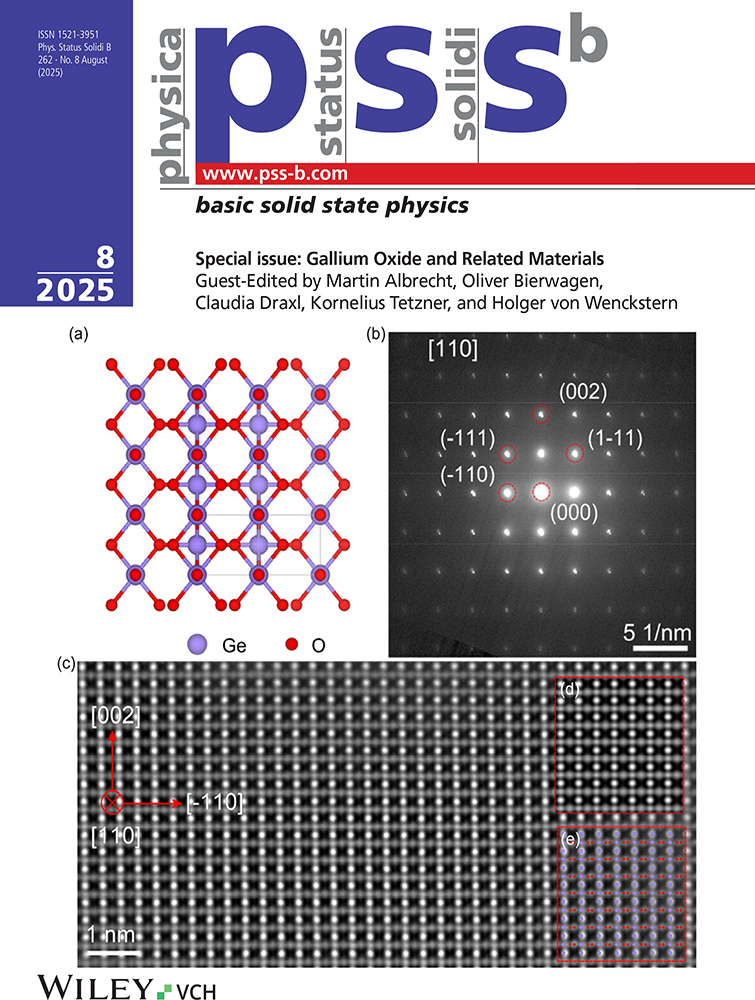General Theory of Secondary Radiation in Condensed Matter
194021 Leningrad, USSR.
Abstract
enA general theory is given accounting for the secondary radiation which is excited in condensed matter exposed by light at finite temperatures, T ≧ ħωs, where ωs is the radiation frequency. The formula which is derived for a light scattering tensor of rank four, is similar to that obtained by Kubo for the conductivity tensor. It allows for all types of interactions possible within the scattering medium. The obtained results are compared to conclusions in the cases of either low, T ≪ ħωs, or T ≥ ħωs temperatures.
Abstract
deEs wird eine allgemeine Theorie für die Sekundaärstrahlung vorgestellt, die in kondensierter Materie, die bei endlichen Temperaturen, T ≧ ħωs, mit Licht bestrahlt wird, wobei ωs die Strahlungsfrequenz ist, angeregt wird. Die Formel, die für einen Lichtstreutensor vom Rang vier abgeleitet wird, ist der, die von Kubo für den Leitfähigkeitstensor erhalten wird, ähnlich. Sie gilt für alle Wechselwirkungen, die im streuenden Medium möglich sind. Die erhaltenen Ergebnisse werden mit früheren Schlußfolgerungen im Falle von entweder tiefen, T ≪ ħωs, oder hohen, T ≧ ħωs, Temperaturen verglichen.




